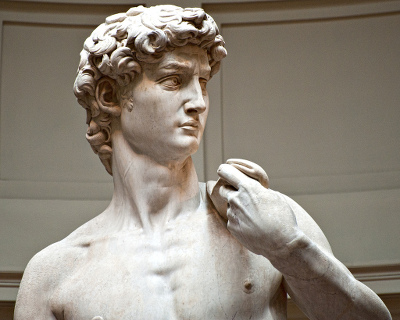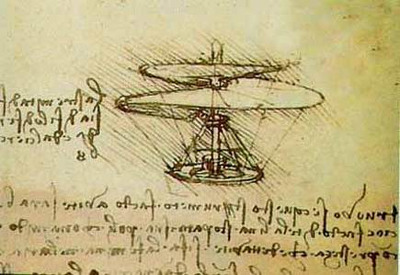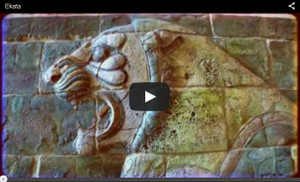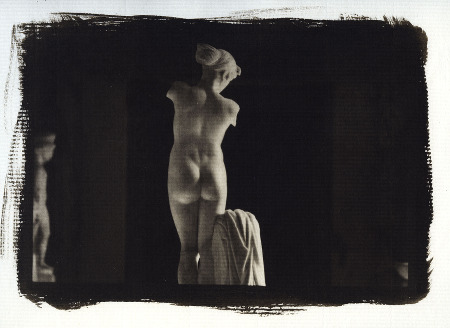Creativity, Innovation and the “Included Middle” logic
 The pressure of the post-modernism is establishing its bases on our general lack of ability to overcome a number of dualisms that have become ingrained in the modern way of thinking[1]. This is mainly due to the strong influence of past centuries’ scientific “Reductionism”, which postulated that any system – to be understood – had to be reduced to its minimum component elements.
The pressure of the post-modernism is establishing its bases on our general lack of ability to overcome a number of dualisms that have become ingrained in the modern way of thinking[1]. This is mainly due to the strong influence of past centuries’ scientific “Reductionism”, which postulated that any system – to be understood – had to be reduced to its minimum component elements.
However, a so defined system is a “closed” system, which does not interact with the surrounding environment and it can exist (not always) only in a reality-isolated laboratory. The logic of “Complexity”, instead, takes into account the “open” systems and all the interconnections and influences of the system itself with the world around it, in every physical, social, psychological and symbolic aspect.
Along with the obscure side of reductionism, another negative obstacle to creative approaches is the “either/or” law, or “law of the excluded middle” (tertium non datur), which states that if a state A and a state not-A exist, a state T which is simultaneously A and not-A cannot exist.
Obviously, sometimes we have to decide to go up or down, right or left, but this logic has been overused bringing to extremely negative consequences on the opening of thought towards new knowledge.
The “aut-aut” logic identifies A in opposition to not-A, as if they were the only available choices. This has been a very pervasive kind of approach in the past centuries and it has negatively influenced most part of the Western thought, even if currently the issue has been strongly questioned.
 The “Included Middle” theory, indeed, is the base of the second axiom of Transdisciplinarity, as defined by the theoretical physicist Basarab Nicolescu[2], and it postulates the existence of a T state which is either A and not-A, on a different level of reality. In other words, it is possible to include the “excluded middle” if other perspectives of observation, influences and interconnections that go beyond the barriers of the closed system are kept in proper consideration.
The “Included Middle” theory, indeed, is the base of the second axiom of Transdisciplinarity, as defined by the theoretical physicist Basarab Nicolescu[2], and it postulates the existence of a T state which is either A and not-A, on a different level of reality. In other words, it is possible to include the “excluded middle” if other perspectives of observation, influences and interconnections that go beyond the barriers of the closed system are kept in proper consideration.
These observations open the door to exciting developments in the current debate going on in the media around the world for Innovation and Creativity of Thought, where the concept of “paradox” is widespread in contrast with the rigid logic of binary oppositions. Creativity offers an opportunity not only to deconstruct, but to see how the two terms are not in a binary hierarchical opposition, but rather mutually interacting[3].
In this regard, it is interesting to see how the Hungarian psychologist Mihaly Csikszentmihalyi[4], in summarizing his extensive research on the characteristics of the creative person, defines its features through a set of paradoxes:
- Creative people have a great deal of physical energy, but they are also often quiet and at rest.
- Creative people tend to be smart yet naı¨ve at the same time.
- Creative people combine playfulness and discipline, or responsibility and irresponsibility.
- Creative people alternative between imagination and fantasy, and a rooted sense of reality.
- Creative people tend to be both extroverted and introverted.
- Creative people are humble and proud at the same time.
- Creative people, to an extent, escape rigid gender role stereotyping.
- Creative people are both rebellious and conservative.
- Most creative people are very passionate about their work, yet they can be extremely objective about it as well.
- Creative people’s openness and sensitivity often expose them to suffering and pain, yet also to a great deal of enjoyment.
Traditionally, these characteristics have always been thought as opposed elements: humble or proud, responsibility and irresponsibility, fantasy and reality. However, to assume a characteristic of creativity and innovation we should begin to cross the boundaries of closed systems, explore non-empty spaces between disciplines and often assess the inclusion of the excluded middle in a binary logic of opposition.
______________________________________
[1] Alfonso Montuori – (2013) Complexity and Transdisciplinarity: Reflections on Theory and Practice, World Futures: The Journal of Global Education, 69:4-6, 200-230
[2] Basarab Nicolescu- Methodology of Transdisciplinarity – Trasndisciplinary Journal of Engineering and Science – Dec. 2010
[3] Alfonso Montuori – Ibid
[4] Csikszentmihalyi, M. 1996. The creative person. Psychology Today



Pingback: Creativity, Innovation and the “Included Middle” logic | Alessio Treglia
Inside Ethics this idea is not new. Aristotle defended a virtue of equilibrium. The path at the middle